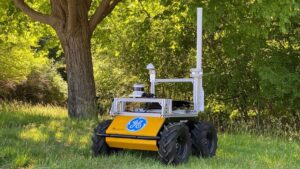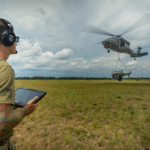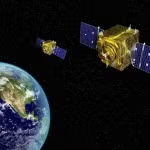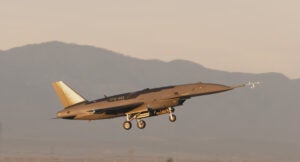
General Electric Research [GE] said this week it conducted a successful demonstration of its autonomous ground robot for the Army, marking the completion of a one-year program to help further the service’s development of autonomous off-road mobility technology. The company said its “ATVer” robot was able to successfully navigate complex off-road conditions, informing the Army’s ability to understand potential technology that could allow combat vehicles to traverse rough terrain autonomously. “One of the big challenges with autonomous systems is overcoming…

 By
By 











